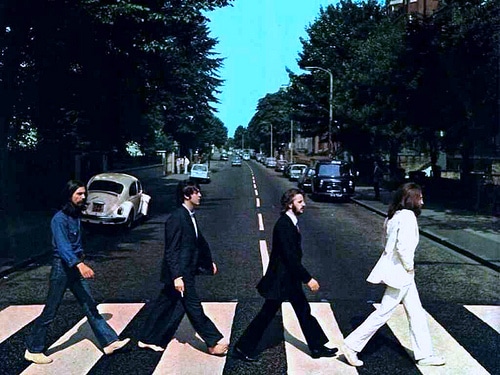Acoustic doors in the music industry
If there’s one industry where we intuitively know that acoustic doors are essential, it’s the music industry – in particular, the recording studio. So let’s revisit what is arguably the most demanding environment of them all when we’re thinking of acoustics and of soundproof doors.
Let’s begin by taking a quick look at what a recording studio is, what goes on inside one, what are some of their unique characteristics, and what we need to be thinking about.
What is a recording studio?
As the name implies, it is fundamentally a facility for recording sound, but also what is termed “mixing” in the industry, i.e. working on what has been recorded to ensure that the finished product is fit for purpose.
The finished product, incidentally, isn’t only music, but could be voice-overs for advertisements; dialogue for films, television or animation; and also what is called “foley” (the addition of everyday sound effects to what’s been recorded to enhance the listening experience. Foley can also be used to cover up unwanted sounds, such as the noise of a plane inadvertently recorded while filming a costume drama – it’s a very interesting topic in its own right!).
A typical sound studio will consist of three types of room:
- the main studio itself, where most of the recording is created (sometimes known as the “live” room)
- the control room, populated by sound engineers and producers, where the sound from the studio is recorded and manipulated or “mixed”
- isolation booths or machine rooms, sometimes containing loud instruments (such as drums) or other noisy equipment, which could interfere with the recording process; or alternatively a “dry” room for recording vocals or quieter acoustic instruments
The importance of having the correct doors in a recording studio
It’s crucial to get the design of a sound studio absolutely right – and this is where experts known as “acousticians” come into their own. In addition to soundproofing (between the internal rooms and also between the studio and the outside), absorption and diffusion materials on the surfaces of the studio will be factored in. The overall dimensions and layout of the studio will also be designed to ensure that the room responds to sound in the desired way.
Designing a sound studio for optimum performance is a fairly complex process, and lots of things need to be considered. One of the most important of these, and easily overlooked, is the fact that people will be constantly moving between the different rooms in the studio, and in and out of the studio itself. As a consequence (of course) there will be a requirement for soundproof (or acoustic) doors.
After all, we wouldn’t want our favourite album to be ruined by unwanted sounds that somehow intruded on the process, would we?
Make sure you use the experts
You’ve read how complex the design process can be, and it’s self-evident that you’ll need expert advice and guidance to get it right. Find out about acoustic doors and what is the best for recording studio doors.
And finally …
… and for the sheer magic of it, take a moment to reflect on some of the greatest recording studios of them all.
And how about a little known recording studio in north London …









